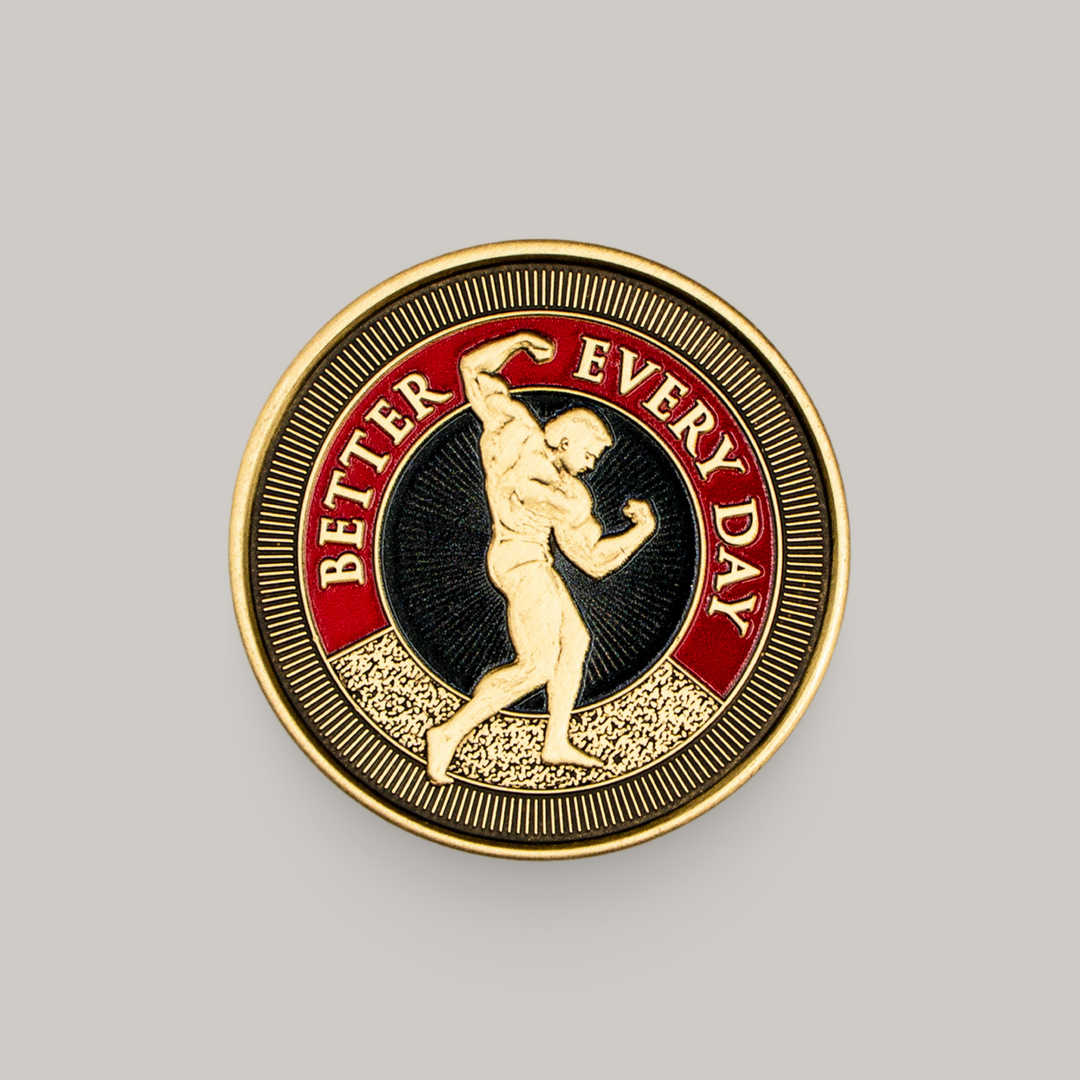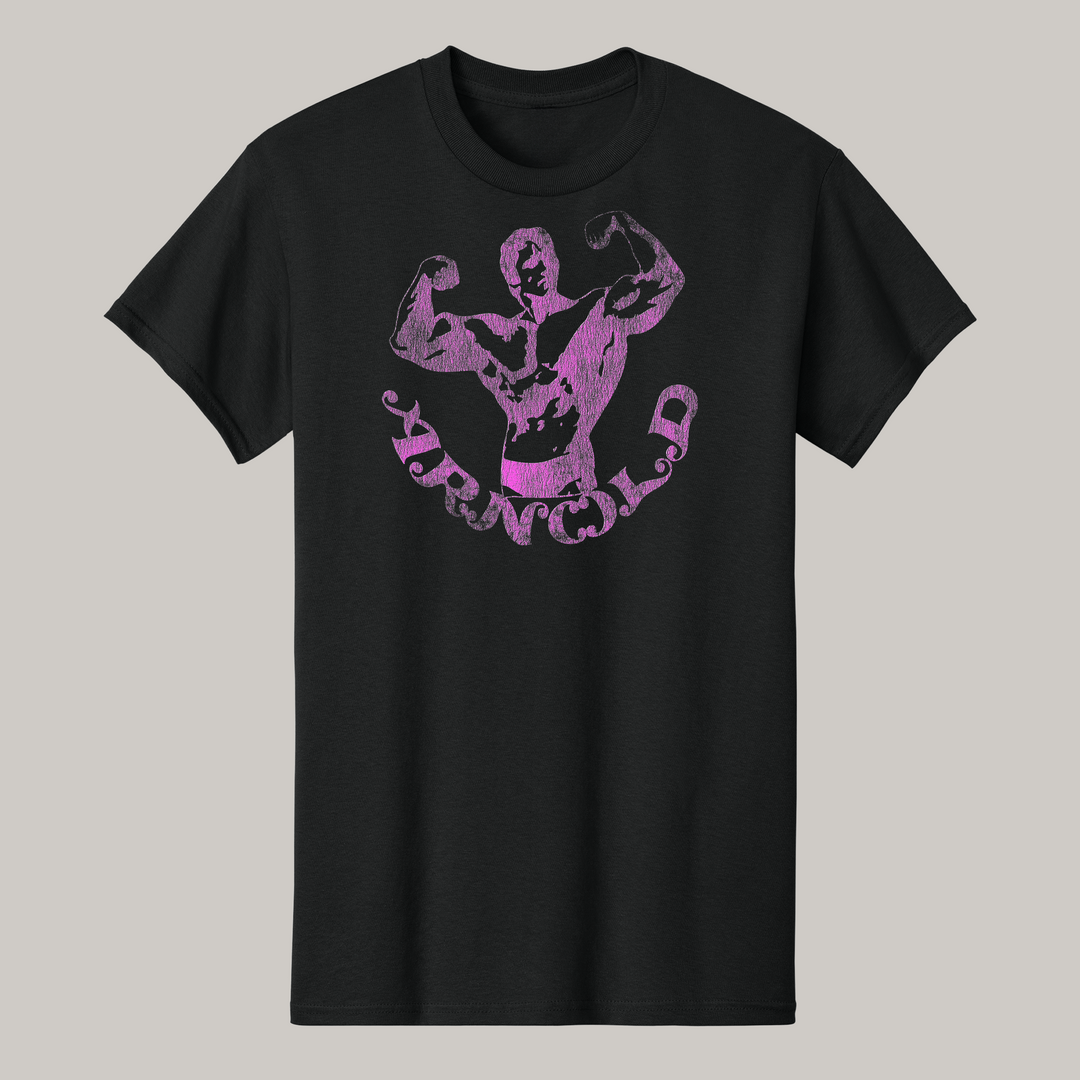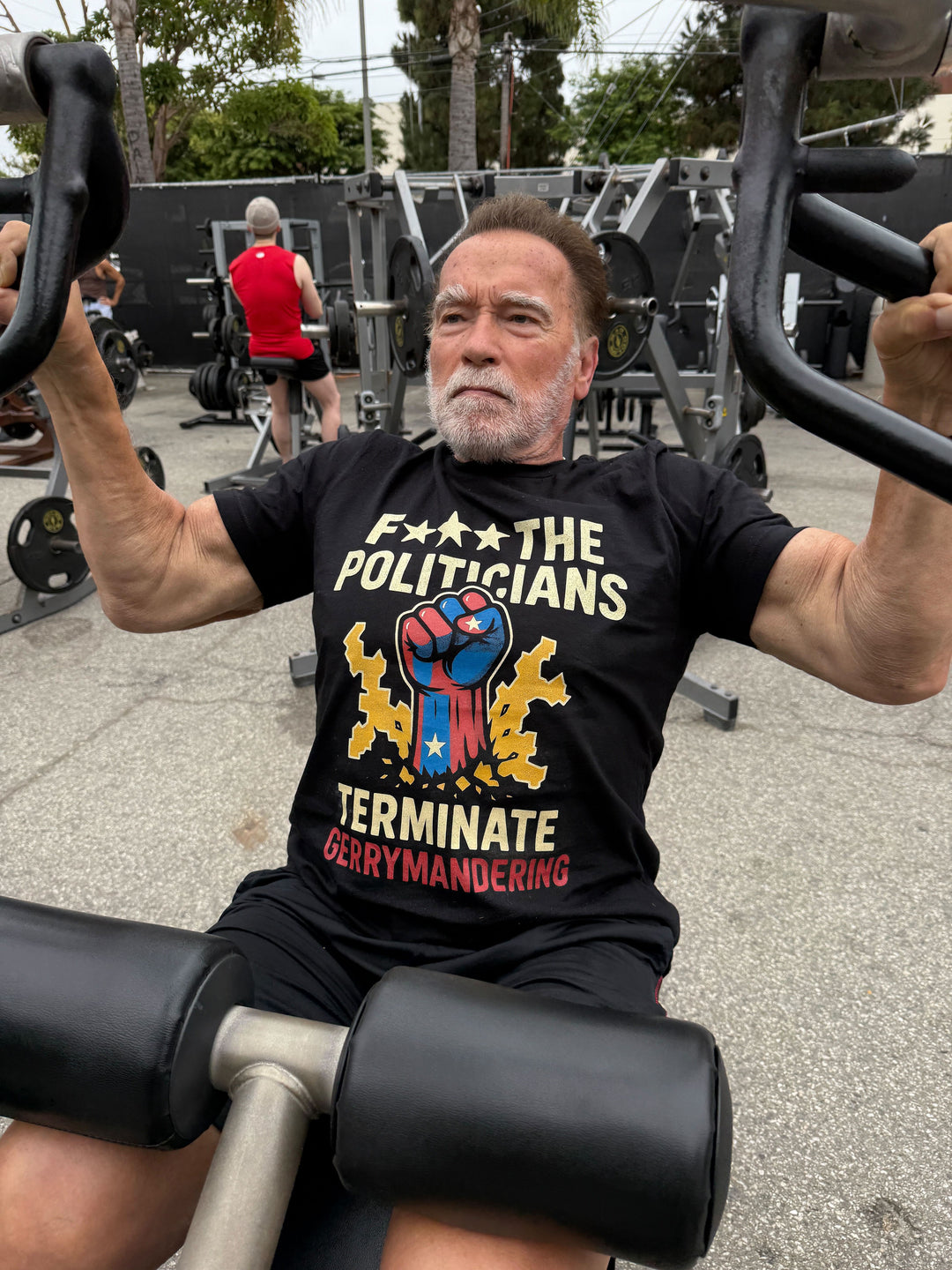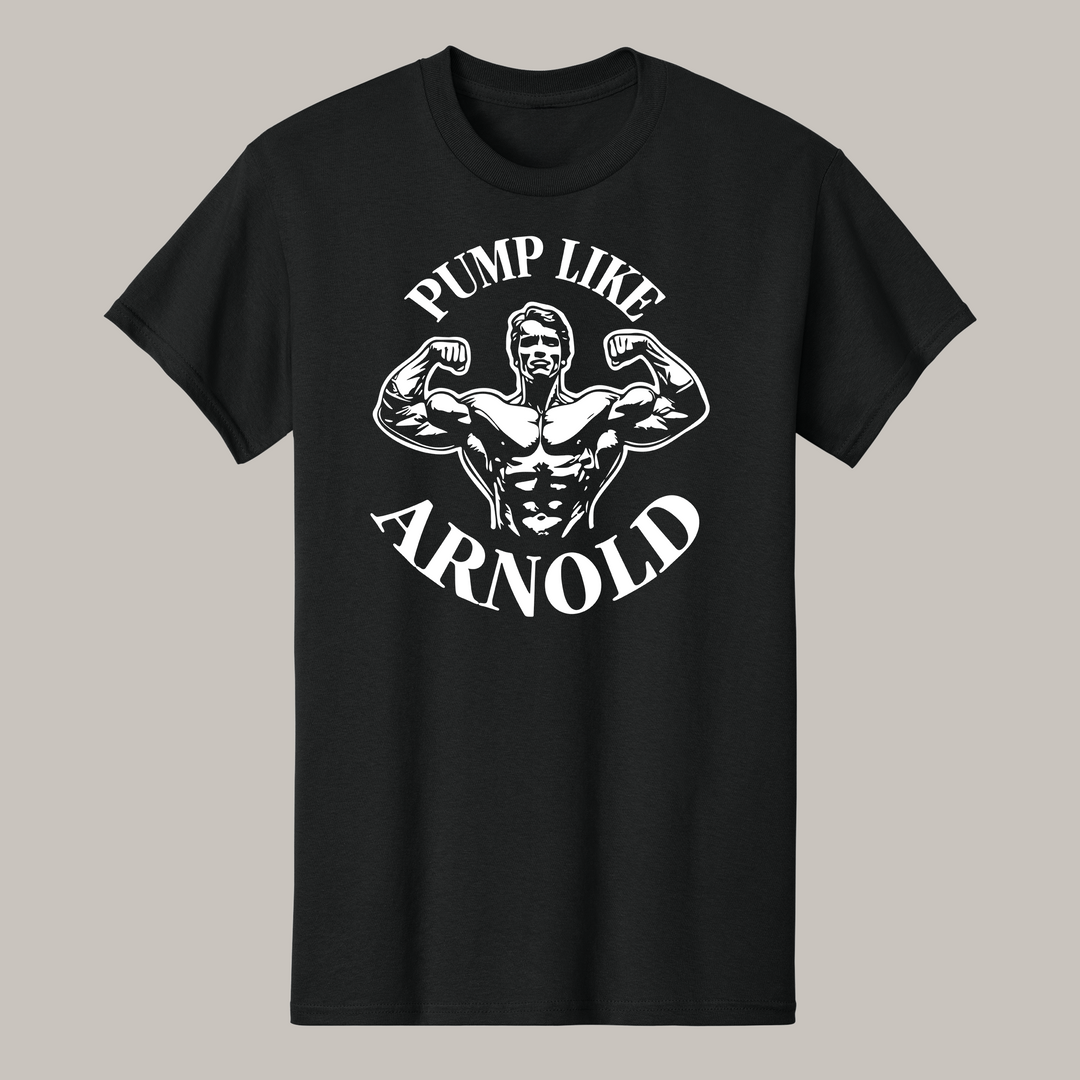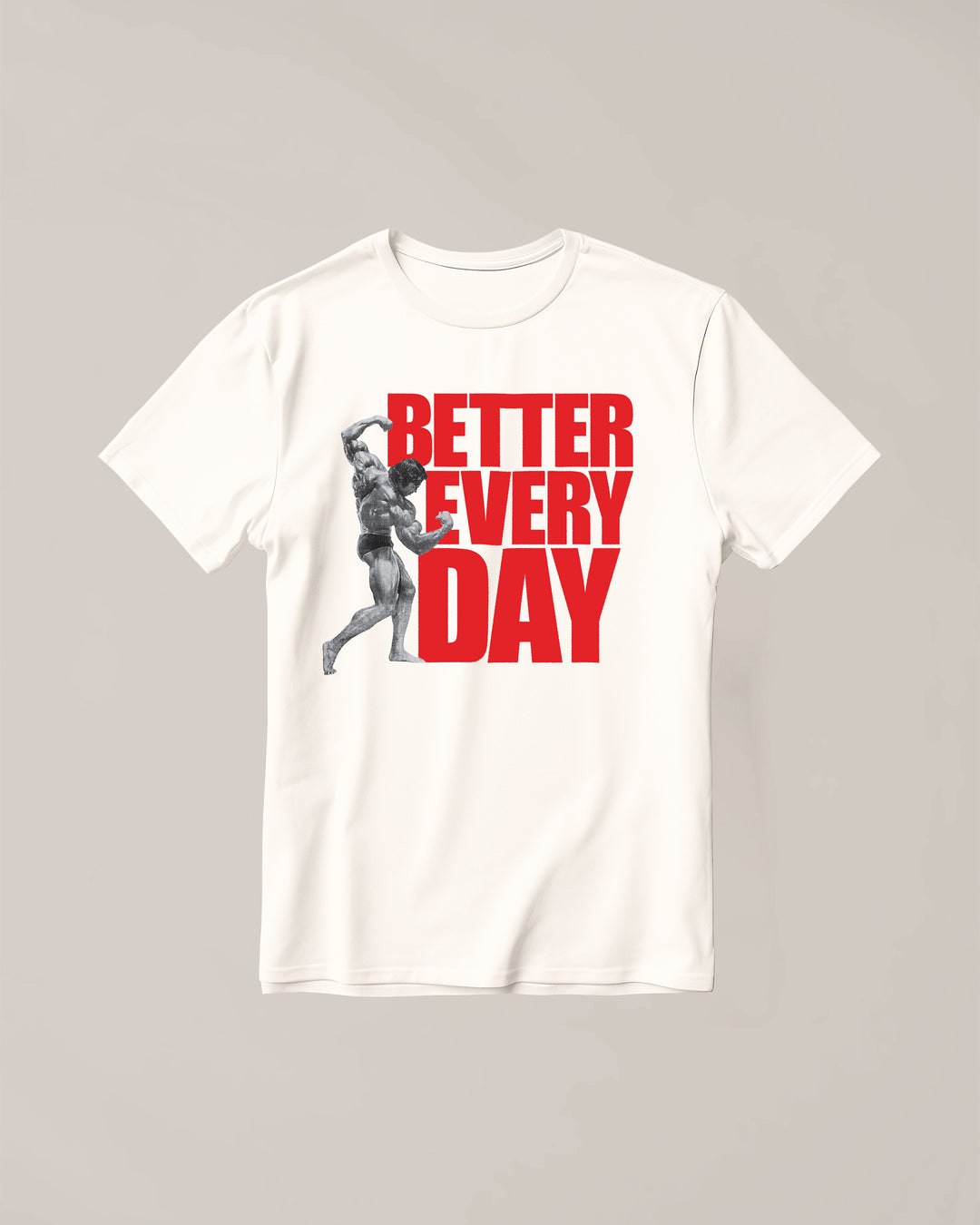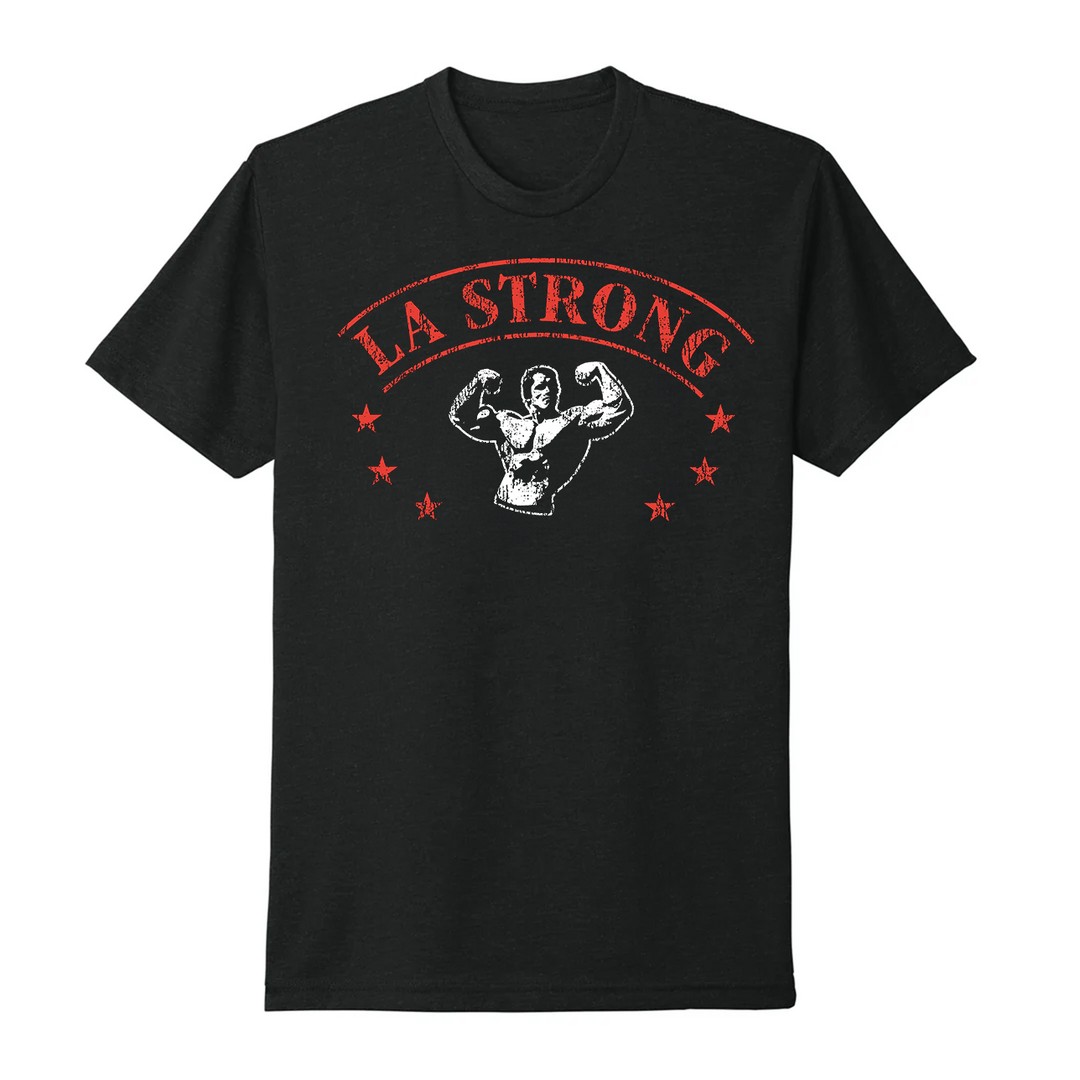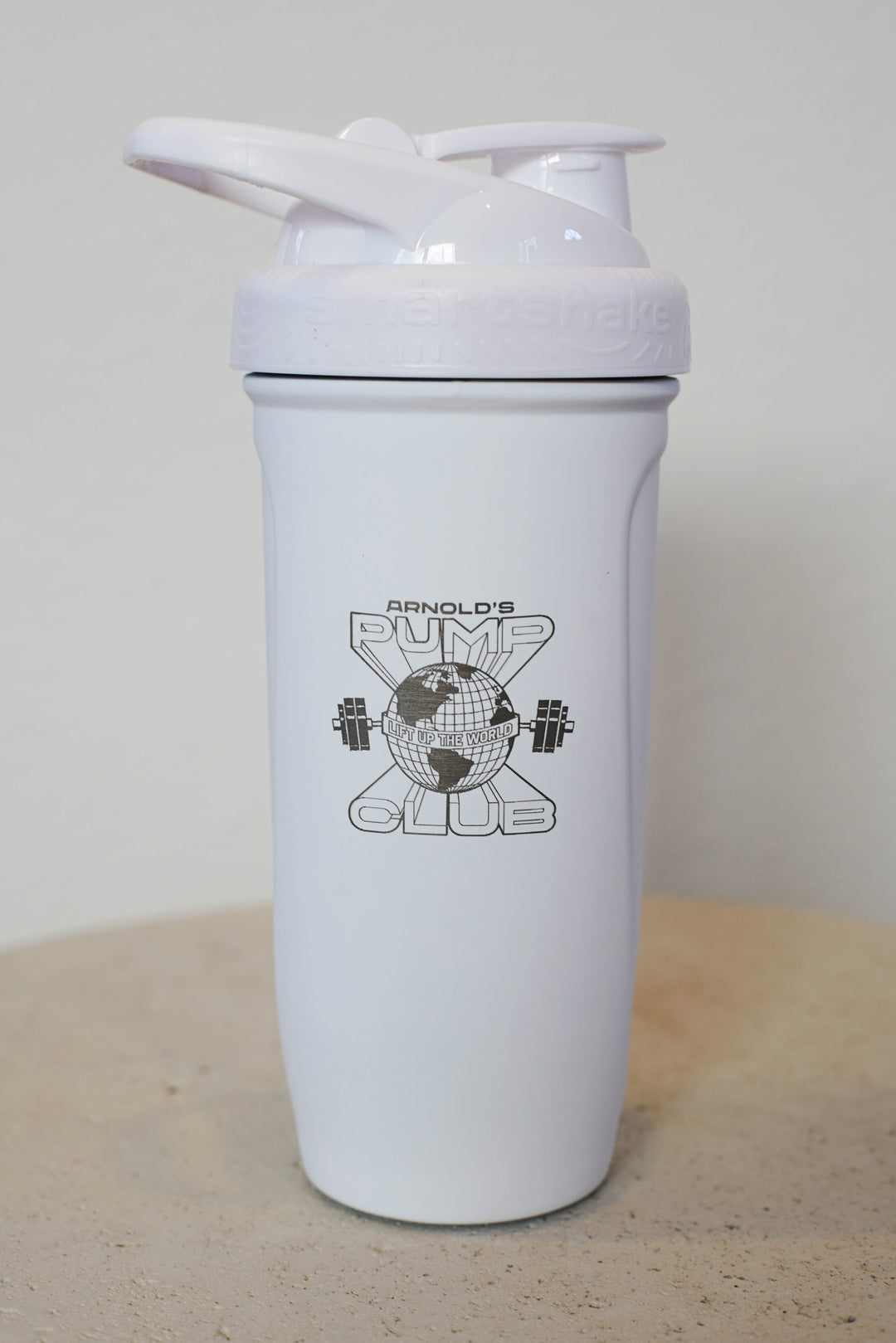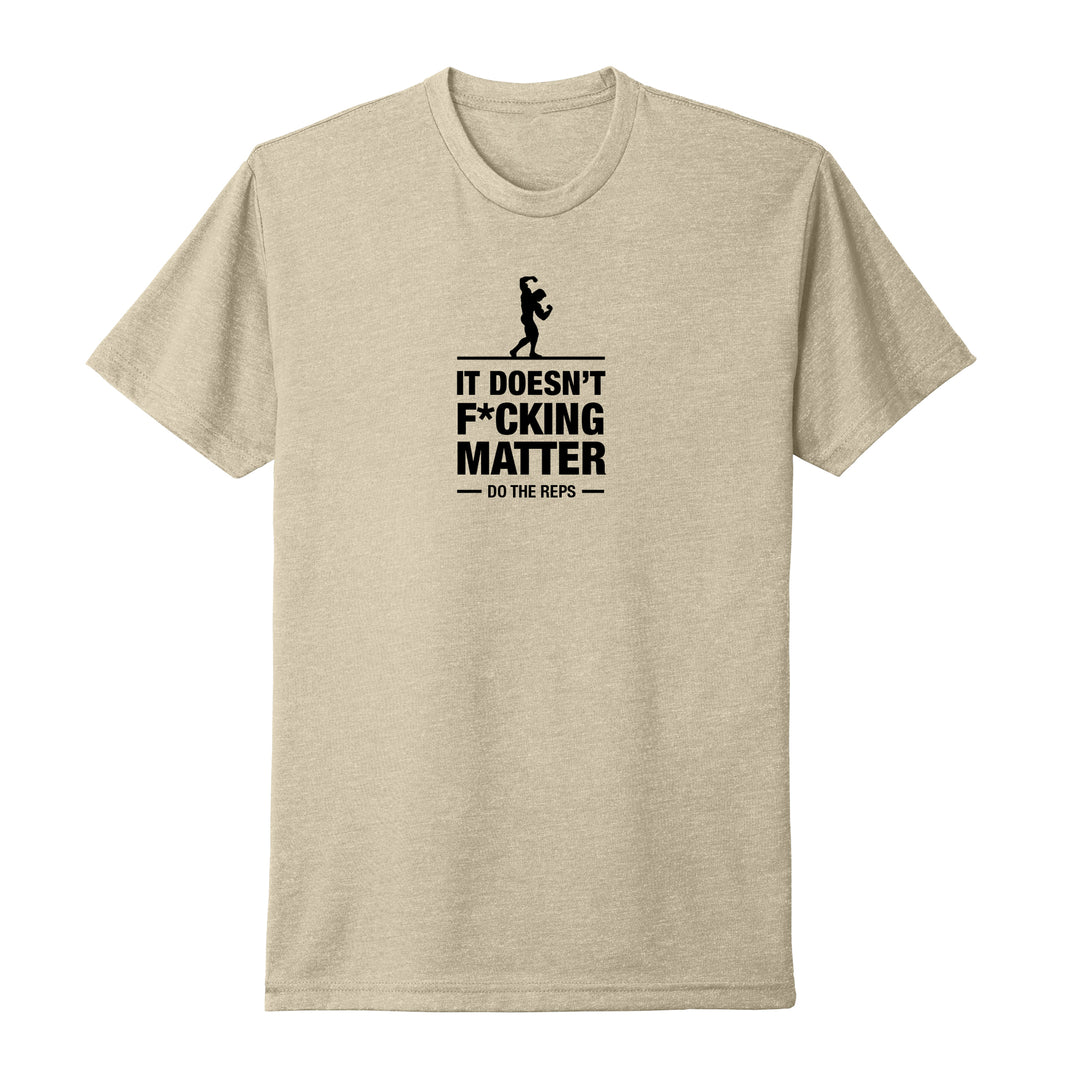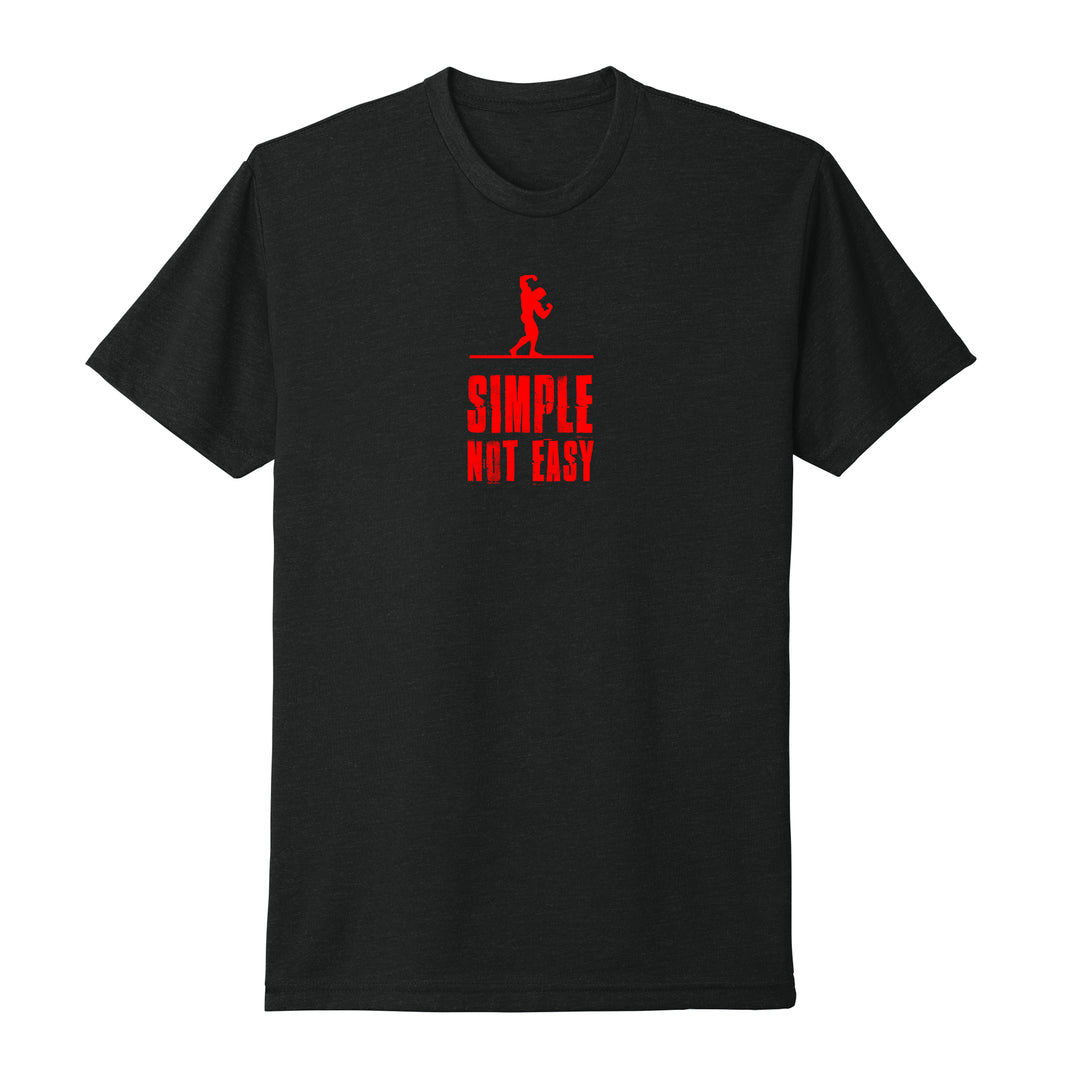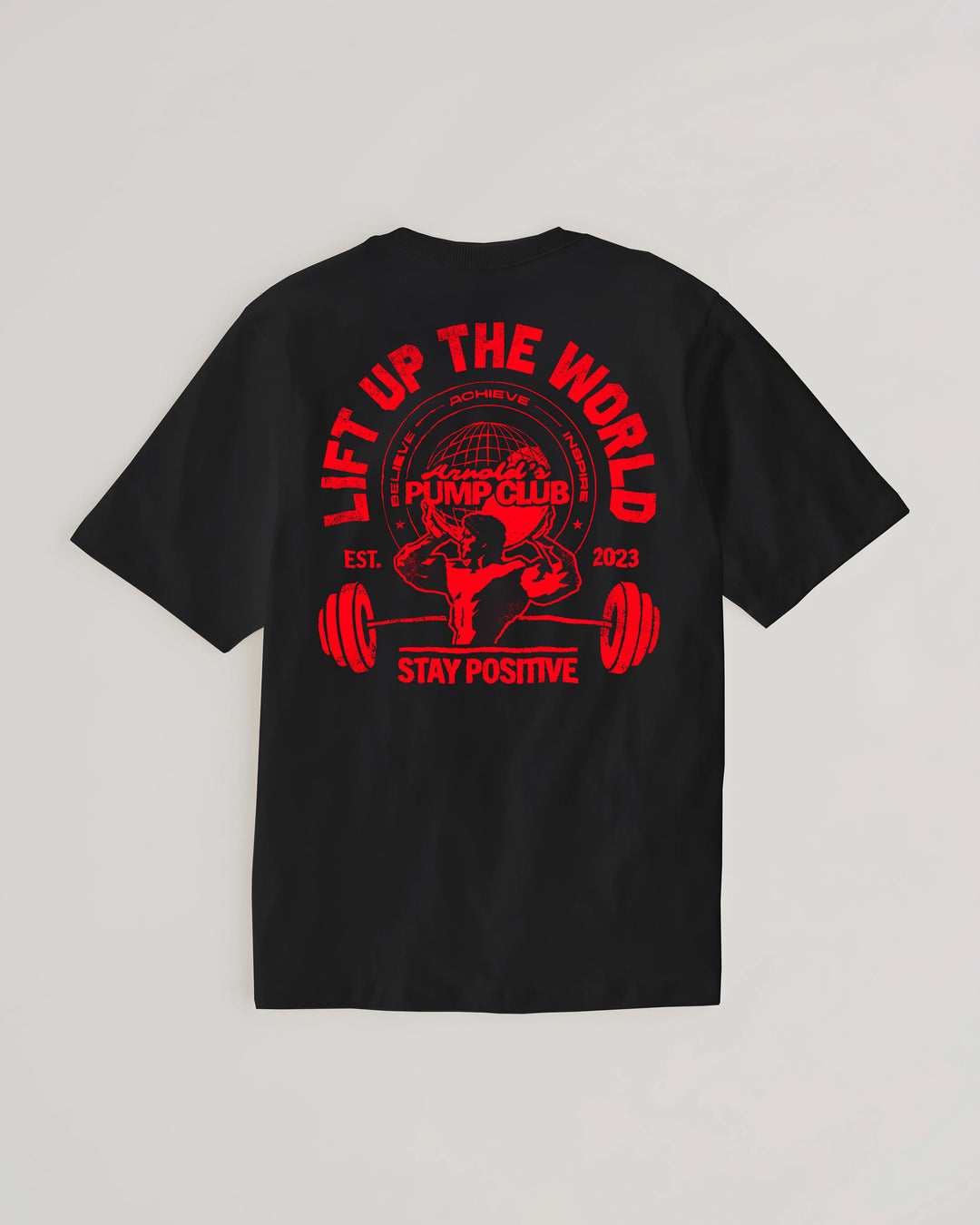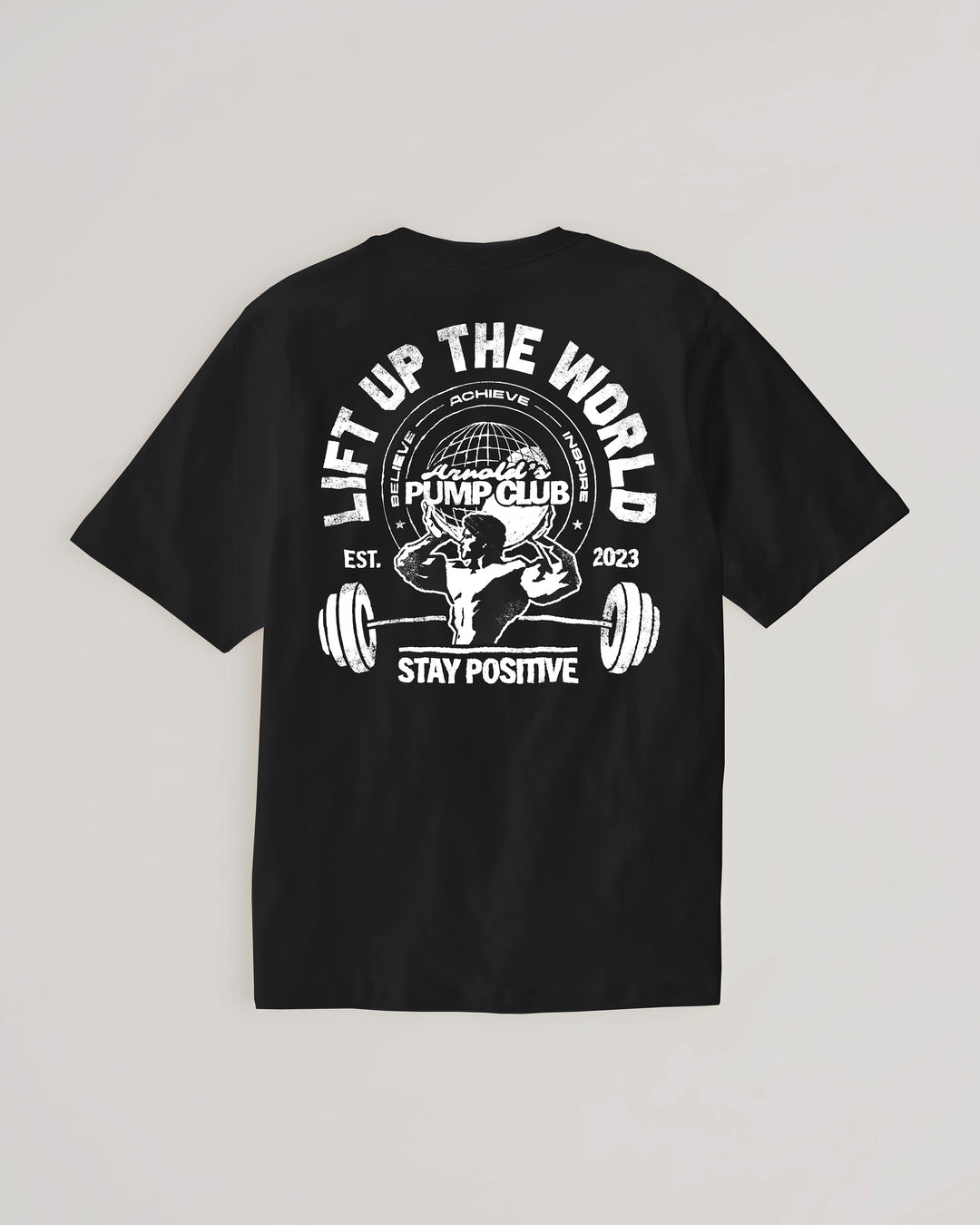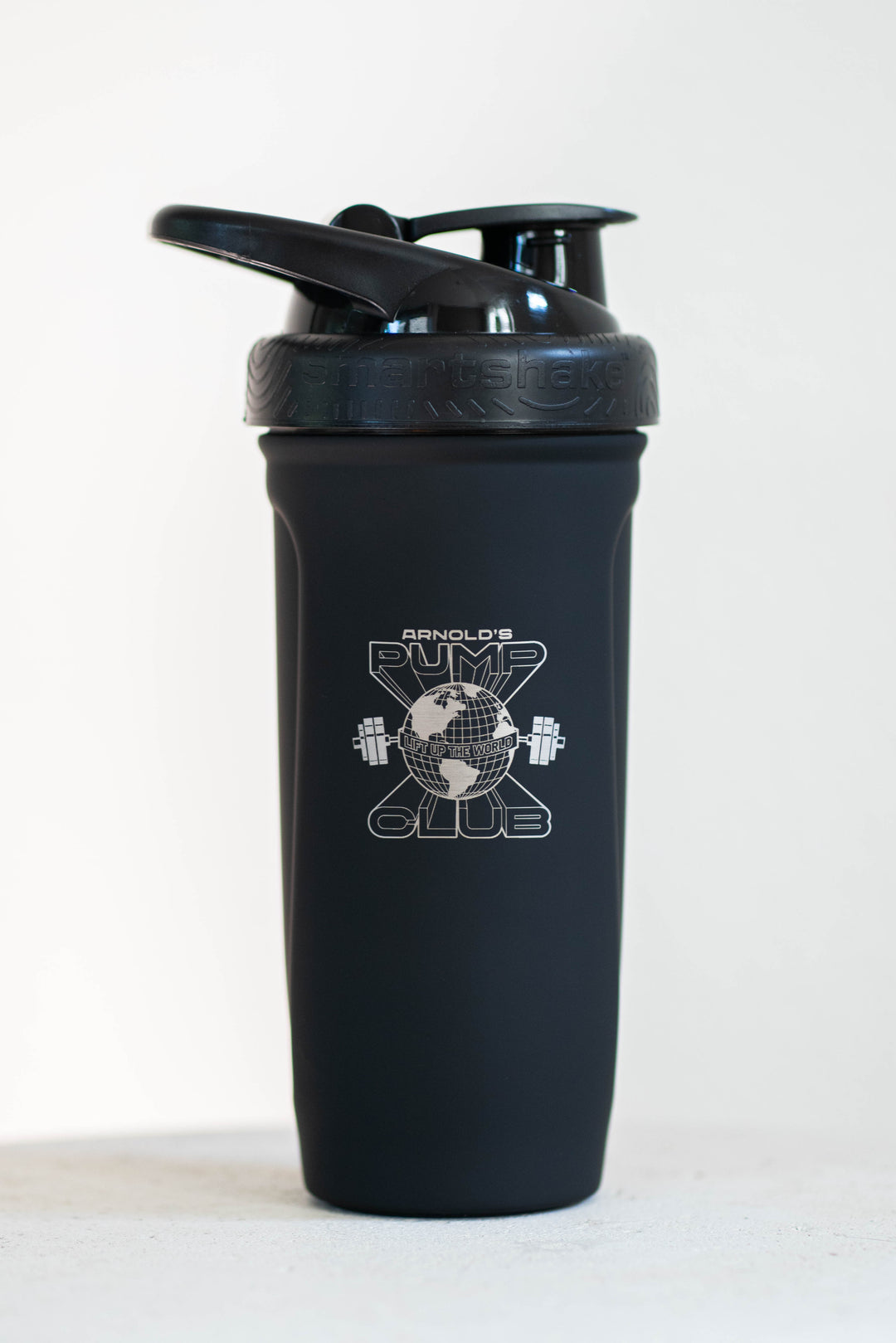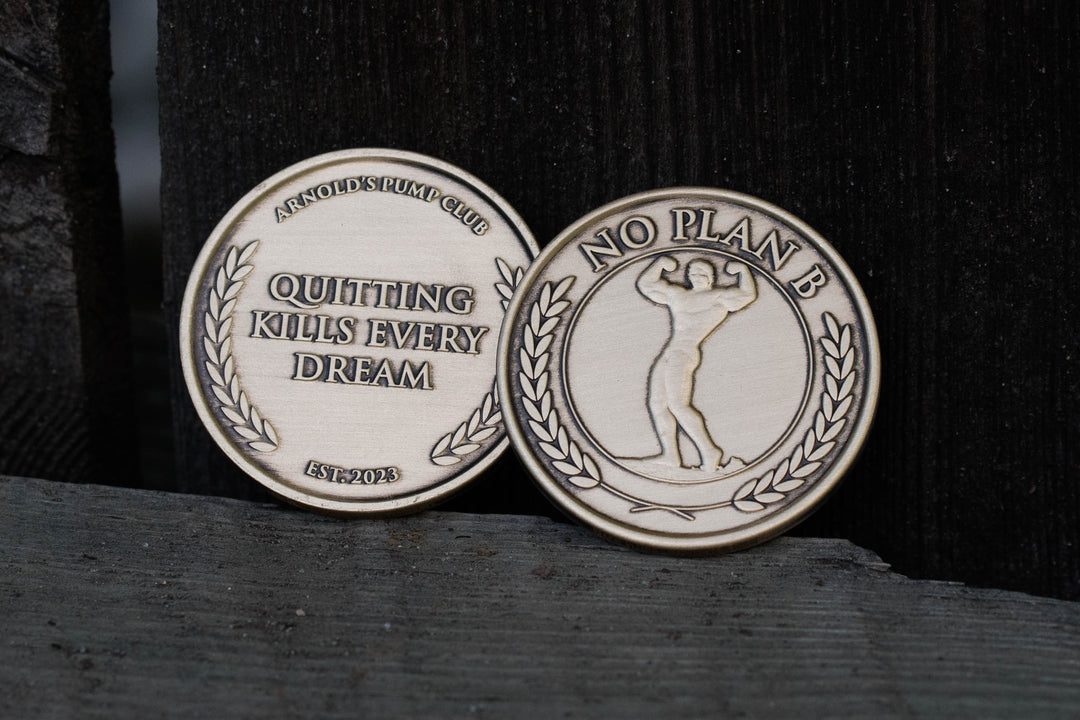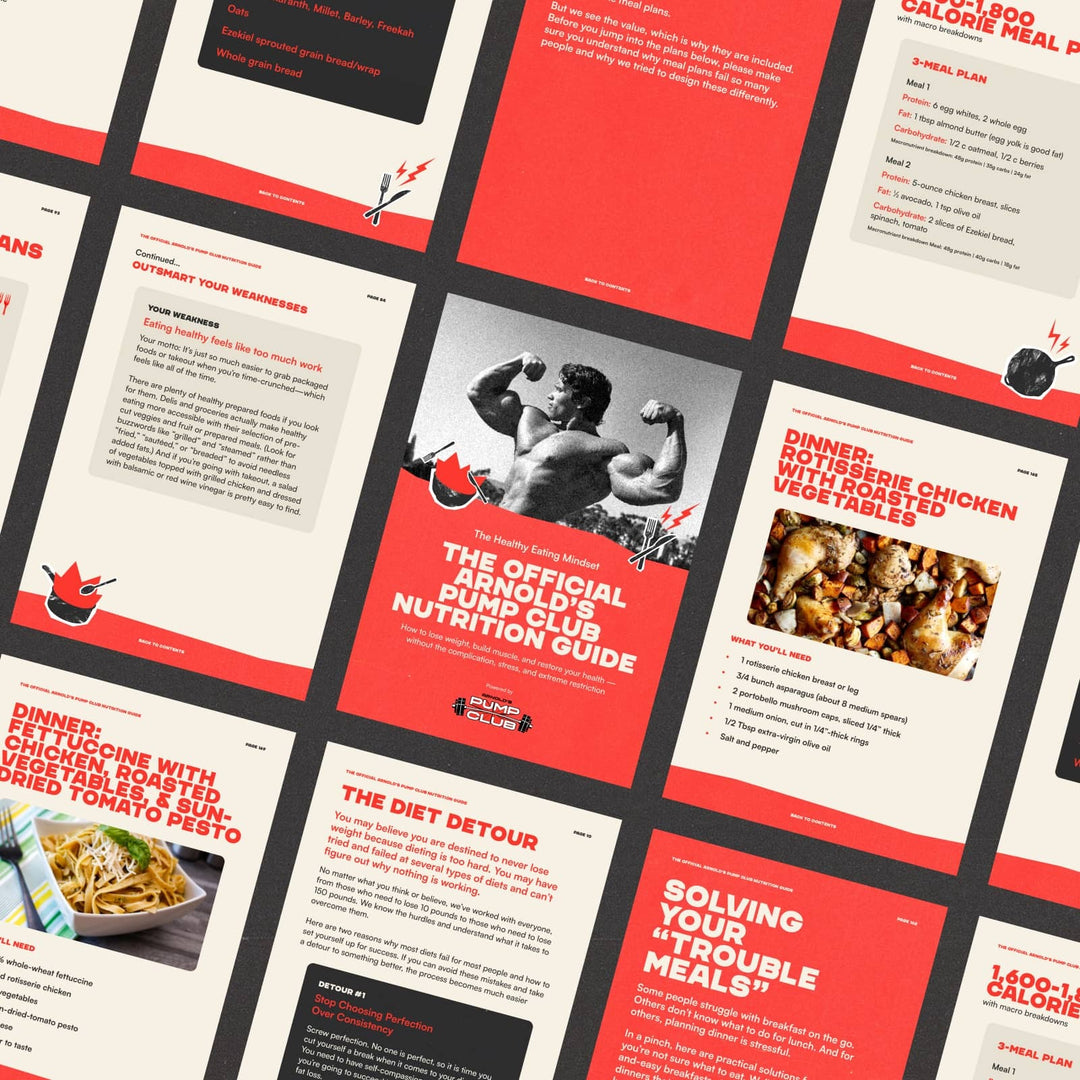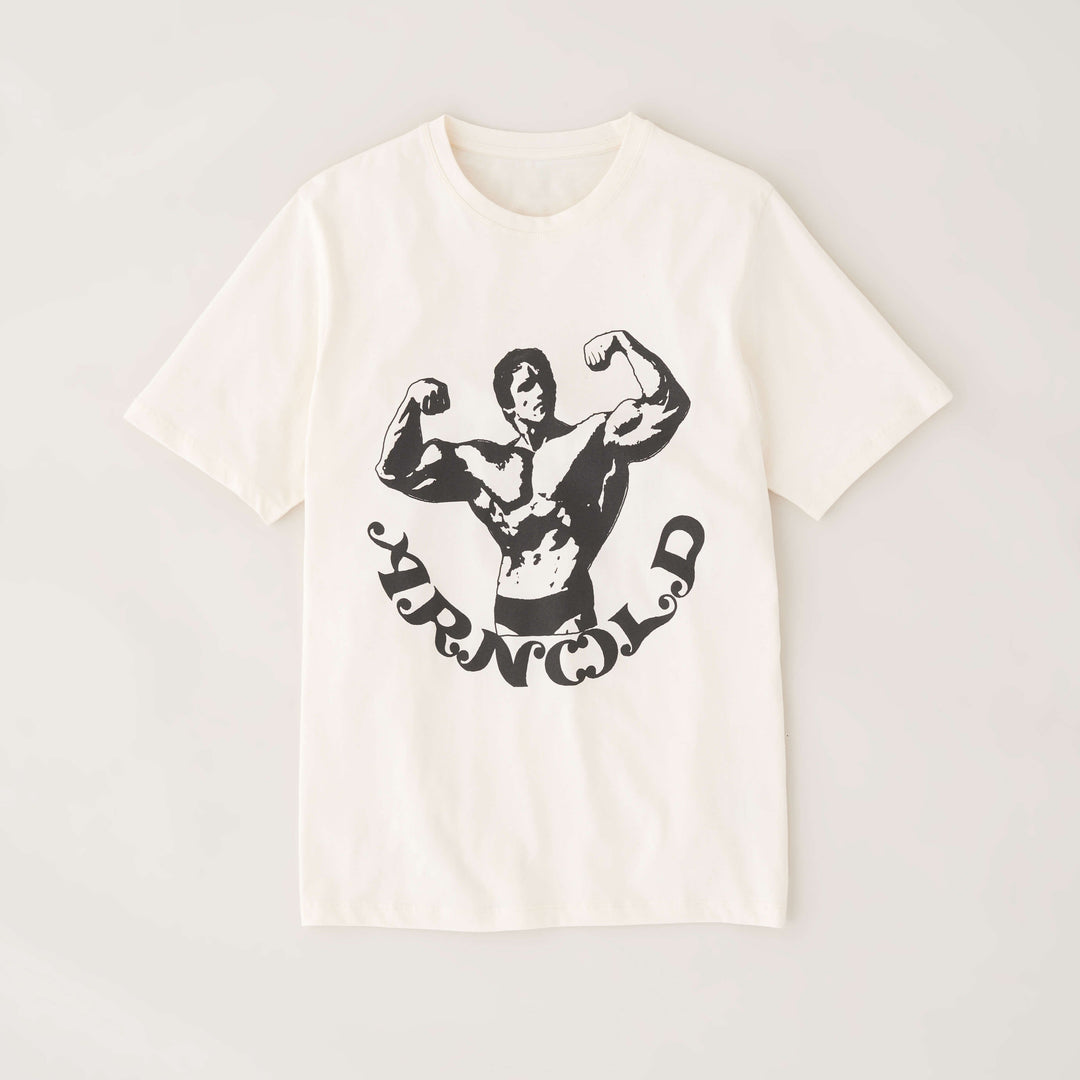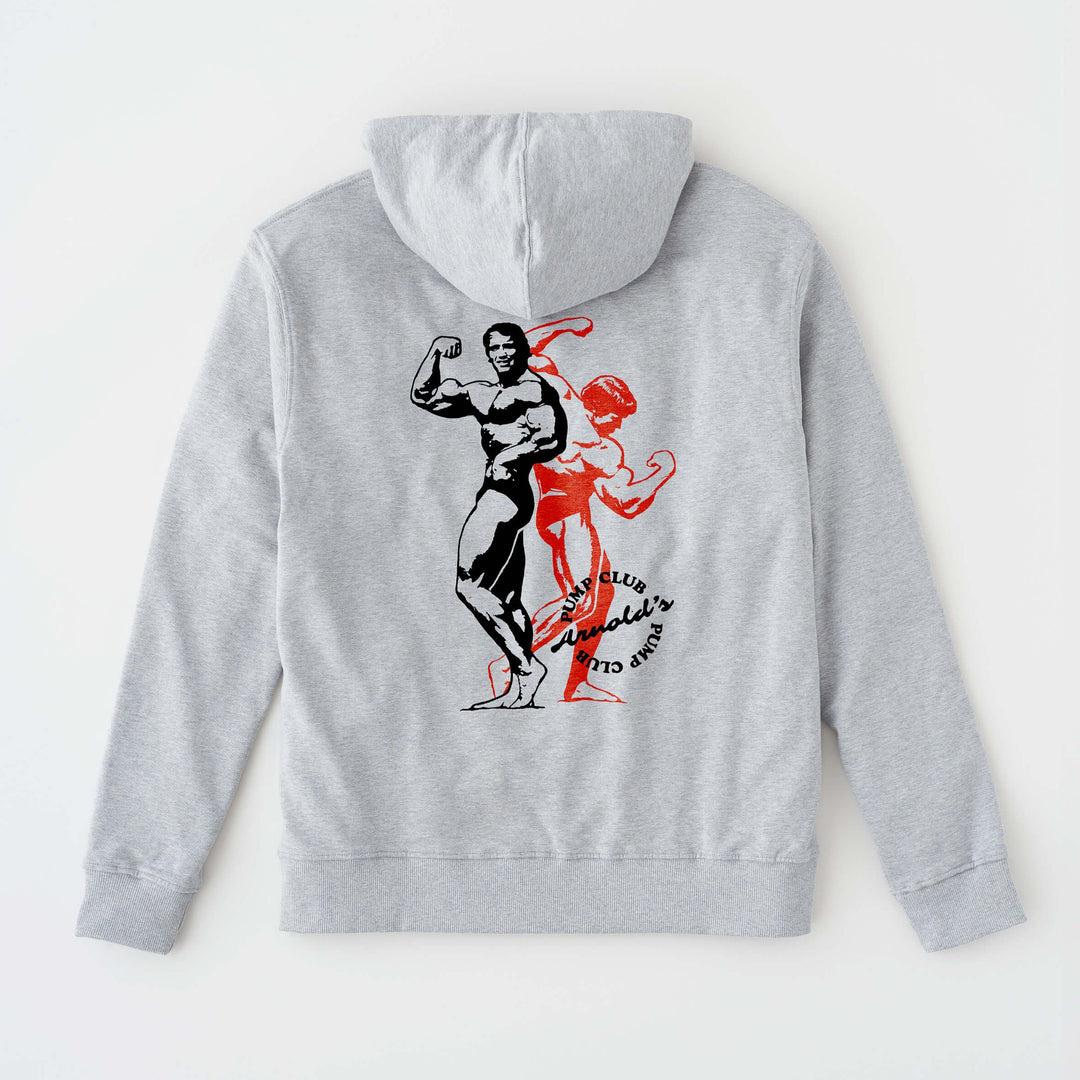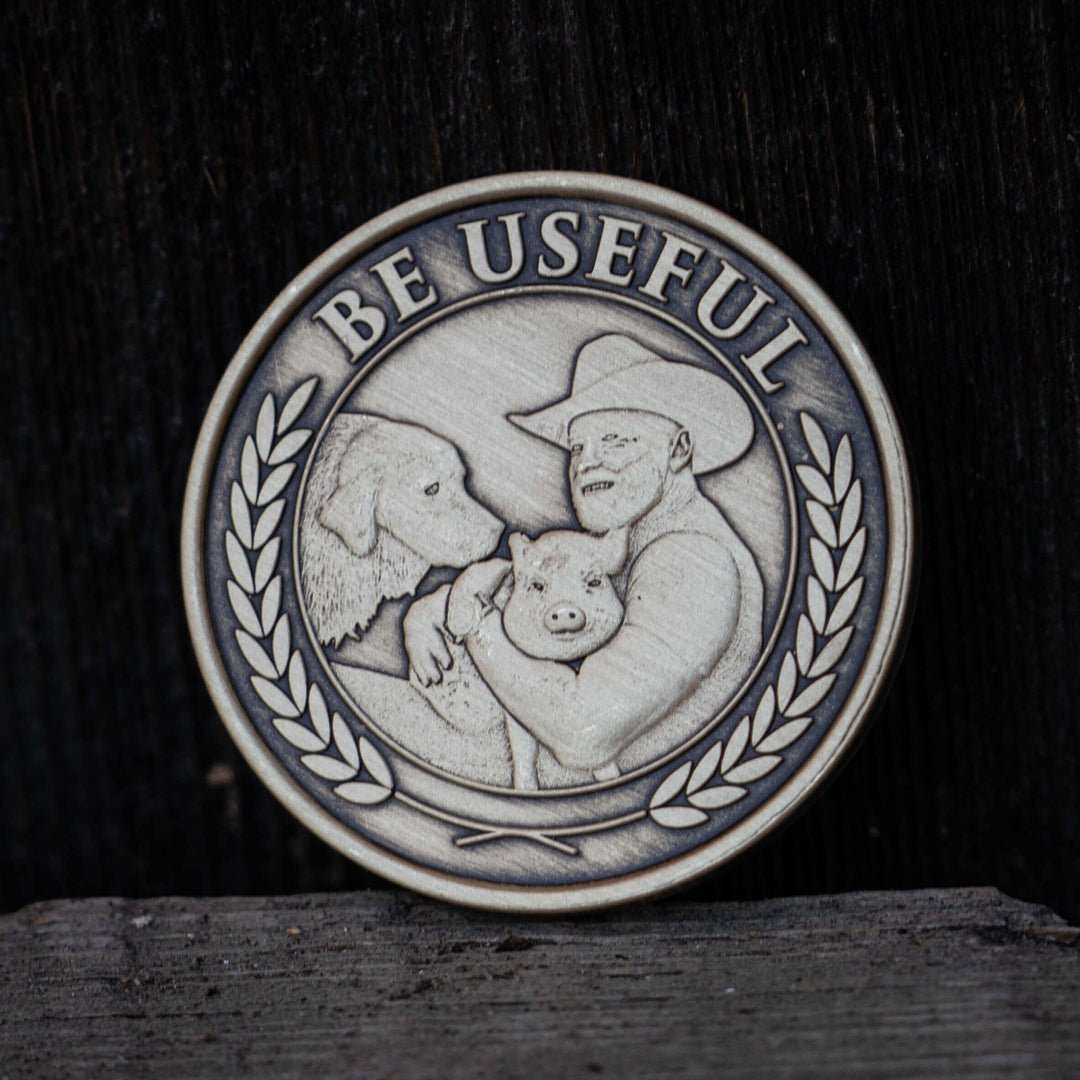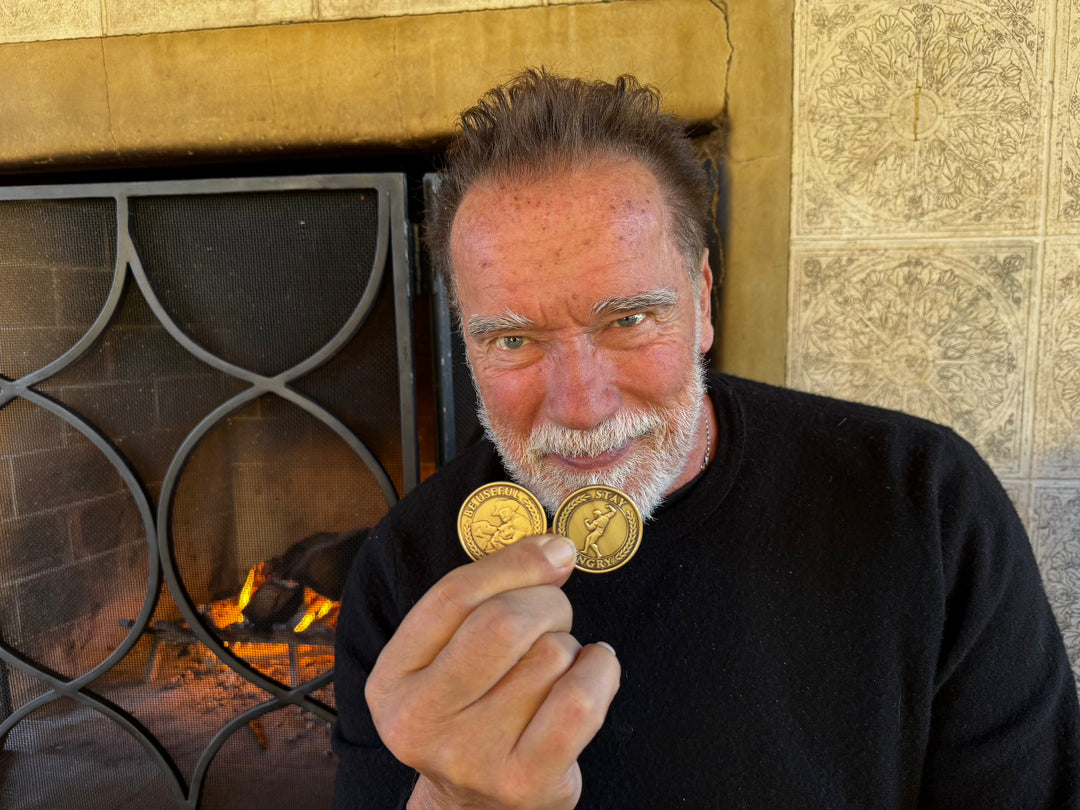Welcome to the positive corner of the internet. Every weekday, we help you make sense of the complex world of wellness by analyzing the headlines, simplifying the latest research, and providing quick tips designed to help you stay healthier in under 5 minutes. If you were forwarded this message, you can get the free daily email here.
Today’s Health Upgrade
What most people get wrong about testosterone
The problem with non-stick cookware
Want to live longer? Prioritize this
A conversation about integrity
Should We Give Away Weekly Prizes?
We’ve been listening to your feedback. Some have requested a “game” to be added, such as trivia, a quiz, or a puzzle (that challenges your brain and keeps you sharp).
The hook: We’ll give prizes each week to the winners. Since this daily email is for you, let us know what you think:
Fact Or Fiction
The Real Reason Some People Build Muscle Faster (It’s Not Testosterone)
You’ve probably heard that building muscle depends on “boosting your testosterone” or “maximizing your growth hormone.” But what if those hormone spikes that many lifters obsess over don’t actually matter at all?
Research suggests that the size of your post-workout hormone surge doesn’t predict muscle growth.
We mentioned yesterday in the study about hot baths how short-term hormonal changes don’t matter as much as many make them seem. In one study, researchers tracked men for 12 weeks of resistance training to test whether short-term increases in testosterone, growth hormone, or IGF-1 led to greater gains in strength or muscle mass.
The results (which have been replicated several times) found that those who had massive hormone spikes after lifting didn’t gain any more size or strength than those who barely budged.
Even cortisol, often labeled the “muscle-wasting” hormone, showed a positive correlation with muscle fiber growth, likely because it reflects training effort rather than muscle loss.
This applies just to the hormonal changes from training, and does not necessarily reflect what happens if you do hormone replacement therapy to increase levels beyond what they naturally might be.
A follow-up study dug even deeper. Scientists analyzed nearly every hormone imaginable (testosterone, DHEA, DHT, IGF-1, and more) before and after 12 weeks of lifting. Again, blood hormone levels were not associated with who gained the most muscle.
The real difference came from within the muscle itself: those who grew the most had higher androgen receptor content, meaning their muscles were more responsive to the testosterone already circulating in their bodies.
Researchers concluded that your genetic makeup — specifically, the number of androgen receptors you naturally have — influences how your body responds to training. You can’t change that, but you can control the factors that matter most. So put your energy into focusing on training consistency and intensity, progressive overload, good nutrition, and proper recovery.
Together With Our Place
What’s Happening Inside Your Non-Stick Pan?
If you’ve ever wondered whether those “forever chemicals” in cookware actually end up in your food, science has a clear answer:
The more you use your pan, especially under high heat or if utensils damage it, the more PFAS (a common forever chemical) migrates from non-stick pans into your food.
Researchers reviewed multiple studies examining per- and polyfluoroalkyl substances (PFAS) in food-contact materials. Laboratory tests found measurable chemical transfer from pans to food, especially with acidic (like tomato sauce) or fatty foods (like oils or meats). One small study found PFAS levels in food more than tripled after just ten uses of the same pan. The transfer increased more with scratches, longer cooking times, and higher temperatures.
PFAS are called “forever chemicals” because they don’t easily break down and can remain in your body for years. Scientists don’t yet know how much cookware contributes to total exposure, so the goal isn’t to panic about all exposure. However, given links between PFAS accumulation and potential health concerns such as thyroid disruption and immune effects, it’s helpful to minimize exposure as a smart precaution when practical.
Researchers believe the chemicals transfer from the cookware to food because the coating degrades under heat and physical wear, releasing microscopic fragments that bind with food molecules.
If your non-stick pans are scratched, flaking, or more than a few years old, replace them. For everyday cooking, it’s safer to go with titanium, stainless steel, cast iron, or ceramic pans. These long-lasting alternatives don’t leach chemicals.
If you do use or prefer non-stick, keep the temperature moderate and avoid metal utensils. Or, invest in cookware that doesn’t use any of the forever chemicals.
Our Place makes high-performance, toxin-free cookware. Their products are made without forever chemicals like PFAS and PTFEs, so you can cook confidently without wondering what’s in your pan (except for what you’re cooking!).
If you want to limit your exposure, Our Place is having its biggest sale of the year right now, and you can save up to 35% sitewide. Your cookware matters, and we recommend Our Place not just because they can help you limit exposure, but they make it easy to test their products to make sure they work for you. All APC readers get a 100-day risk-free trial, free shipping, and free returns so that you can shop with total confidence. Just click here to access the sale, and no code is needed at checkout.
Health
Why Lifting Weights Is The Real Key To Longevity
Most people believe getting older makes it harder to build muscle or lose fat. But a new meta-analysis turned that idea upside down: when it comes to resistance training, your body’s ability to change doesn’t fade with time; it just needs the right push.
Scientists found that resistance training reverses the same metabolic problems that make both aging and being overweight harder on your health.
Researchers analyzed 65 studies involving more than 2,500 adults to determine how factors such as age, sex, and training style influenced outcomes. What they found surprised nearly everyone: older adults built just as much muscle and lost just as much fat as younger adults.
Decades of research suggest that aging causes “anabolic resistance,” which means your muscles’ response to protein and exercise dulls over time. But this study revealed how to prevent that outcome: resistance training and staying at a healthy weight.
The study found that being overweight itself blunts muscle growth and metabolic function, regardless of age. In other words, a 35-year-old with obesity often shares the same metabolic challenges as a 65-year-old, including insulin resistance and chronic inflammation.
Strength training restores insulin sensitivity, reduces inflammation, and rebuilds muscle quality at every age, making it the ultimate equalizer.
The scientists found that muscle growth is ageless. Even adults in their 70s and 80s can build strength and improve mobility in just 8 to 12 weeks. And you don’t need to overthink what your body needs.
The bottom line: resistance training “rescues” your metabolism. It improves blood sugar control, lowers visceral fat, and increases energy, no matter when you start.
If you’ve been waiting for the “right time” to get stronger, it’s now. You’re not too old. You’re not too late. Your body is just waiting for you to give it resistance, and it will respond.
Adam’s Corner
What Happens When You Stop Trying to Convince Everyone?
This week, I received an email that hit a nerve.
A reader told me that he was questioning how much he could trust this newsletter. His reason? Because we accept sponsorships.
He questioned whether our articles could still be objective when we’re also paid by some of the companies whose products we feature. He said that, in his eyes, financial compensation taints the message.
I replied, explaining our process in detail: how we disclose sponsorships, how we only choose partners whose products are supported by independent research, how we reject dozens of companies that don’t meet our standards.
I told him that our reporting begins with the science, not the sponsor — that we’d never run a study summary or recommendation we didn’t believe in, regardless of how much someone offers us.
We don’t find studies to back products. We don’t cherry-pick studies. And we don’t adjust findings to cover up reality. We understand the evidence and then find scientifically sound products.
I didn’t realize it at the moment, but this conversation wasn’t about our partners. It was much bigger than that.
He responded again, unmoved. He thanked me for the thorough answer but said that, to him, taking money at all is enough to make objectivity impossible.
And that’s when something inside me tightened.
I get plenty of critical emails, and I’m grateful for them. They’re part of the work.
Daniel Ketchell (our co-founder) manages customer service. This is not typical for a co-founder of a growing media company, but Ketch knows that people are the soul of everything we do. All of you hold us accountable, keep us honest, help us see our errors clearly, and give anyone a direct line to the people running the business. And that makes us better.
Your voice is what makes this village different. And it’s a big reason why the Pump Club app has been so effective for people who never saw results. Because we continue to reshape and evolve the app based on feedback.
But this email lingered longer than it should have, and I struggled to understand why. When I picked up my older son, Bode, from school that afternoon, I still felt off. I kept replaying the exchange in my head, building invisible defenses and counterarguments.
In the car, he asked, “Is something wrong, Dada? You sound different.”
Kids have this uncanny ability to spot when you’re not yourself; not from what you say, but from what you don’t.
At first, I told him I was fine. Then I caught myself. “Actually,” I said, “I’m a little frustrated about work.”
He nodded, waiting.
“Someone questioned whether we’re being honest,” I said. “And I don’t think I can convince him otherwise.”
He thought for a second and then said, “Well, maybe you don’t have to.”
When There Is Conflict, Understand The Impulse
I laughed at my son’s answer, partly because it sounded like something a wise adult would say and partly because I realized how rarely adults handle disagreement in a way that lets us learn from one another.
Too often, we set out to sway others to agree with our beliefs. Because we fear what others’ thoughts about us might say about us on a deeper level. And yet, we don’t control what others think; we only control our actions.
I take a lot of pride in these emails. I pour my heart and soul into this, to report fairly, and help all of you cut through the confusion.
But, on some level, the emailer was right. We all have biases; it’s the quiet filter through which we see ourselves and the world. Sometimes that bias looks like preference. Sometimes it looks like pride. And sometimes it’s intentional deception.
The job isn’t to eliminate all bias. It’s to be aware of it.
How could we possibly say we have no bias when we’ve tested, used, and recommended products that we believe can help others? The bias is towards finding what works and then explaining why it works, so that you can make decisions. And oftentimes, partners happen organically from the things we buy and love.
Ketchell bought an Eight Sleep years before they ever became a partner. Momentous was the supplement company I respected most when we had our own competitor line (which we sold in 2020), and I bought their products for years after. We tested out dozens of shoes and enjoyed NOBULL the most. I have been drinking Cometeer coffee every morning for the last three years (and pay for every cup).
Our bias is to start with science and evidence; we test, set standards (certifications, quality control, design, evidence-based results), and then make recommendations that help you.
The partnerships shouldn’t dilute the advice; they should enhance it by giving you a vetted option.
And that’s part of how we see our role. To test out what works and make it easier for you.
So why was this email sticking with me when other criticisms have not?
I wanted this person to see what I see: the hours our small team spends fact-checking studies, debating evidence, and double-checking claims before we publish. I wanted him to feel the sincerity behind every recommendation; that we truly believe what we share can help, even if readers never buy a single thing.
Given our standards, goals, and mission, I found his criticism misguided.
And that’s when it hit me.
The Hard Part About Strong Opinions: They Are Still Biased
It’s good to have strong opinions. But the danger is believing that being right matters more than being open.
I was so focused on defending the integrity of our process that I forgot to stay curious about his perspective.
I told myself I wanted to “explain,” but what I really wanted was to win.
This doesn’t only happen with customer service emails. It seeps into your personal relationships, your interactions with people at work, and pops up in ways and places you might least expect.
Strong beliefs can work against you if they result in an absence of learning from others, even if you still disagree.
It’s easy to say we value feedback, but real feedback isn’t about being praised or proven correct. It’s about being willing to look at your work through someone else’s lens, even when that view is biased, incomplete, or unfair.
Because, hidden somewhere in most criticisms — even if misguided — is a lesson. And the lesson usually isn’t about the critic. It’s about you.
That night, after dinner with my wife and mother-in-law, I reread the email exchange. This time, I looked at it differently.
I’d rather interact with someone who cares than someone who doesn’t. Transparency in health communication is rare. And skepticism, when it comes from a place of integrity, is a good thing.
What I realized is that the absence of resolution doesn’t mean the absence of respect. It means two people can see the same facts and still arrive at different truths, shaped by their own experiences, values, and trust thresholds.
I can’t make someone trust me. But I can keep earning it by being transparent, consistent, and willing to listen.
I wrote back one more time. I invited him to share what we could do differently and how we could make our process feel more transparent and our intentions more trustworthy.
Not because I thought it would change his mind, but because it would help me learn. He hasn’t replied yet. But I’m still grateful he wrote in the first place.
Because that exchange reminded me of something I used to tell clients when I coached them one-on-one: frustration is just a sign that you’re resisting something that could help you grow.
In health and in life, we love the illusion of neutrality. We want to believe there’s a version of truth that stands apart from emotion, ego, or financial influence.
But every decision we make — what we eat, who we trust, how we interpret evidence — carries the fingerprints of our beliefs. The work isn’t to erase those biases. It’s to understand them.
To see where they push us off balance, where they cause us to overcorrect, where they make us forget that the goal isn’t to be flawless, it’s to be honest.
And maybe that’s the hardest kind of honesty: not the kind you show others, but the kind that lets you admit you still have more to learn.
I’ve thought a lot about that car ride with my son. How easily he saw that I was off. How simply he said, “Maybe you don’t have to.”
His response was simple and accurate. I was with my kids now. It was time to be with them, not mulling over something that didn’t require my attention.
But the more I thought about it, there was another level. Sometimes, it helps to let go.
Let go of needing to be understood by everyone.
Let go of the illusion that integrity requires universal agreement.
Let go of the fight to be right, so you can stay curious long enough to keep growing.
You don’t have to agree with everyone who challenges you. But you do have to listen. That’s how you keep learning, even when it feels like others don’t hear you.
Sometimes, the best response to criticism isn’t another explanation. It’s about being honest with yourself, aware of your biases, and committed to doing high-integrity work, where the result is how you show up and how you help others.
If that’s the focus and the outcome, then the criticism isn’t condemnation. It’s accountability. -AB
Better Today
Take any of these tips from today’s email and put them into action:
-
The Real Reason Some Build Muscle Faster (It's Not Testosterone or Growth Hormone)
Multiple studies found that post-workout testosterone and growth hormone spikes don't predict muscle growth. Instead, individuals with higher androgen receptor content in their muscle tissue gained significantly more size regardless of hormone levels.
-
How Your Non-Stick Pans Create Unnecessary Exposure To Forever Chemicals
Lab studies found that levels of the forever chemicals in food more than tripled after repeated use of the same non-stick pan, with chemical transfer increasing further when pans are scratched, exposed to high heat, or used with acidic or fatty foods.
-
Why Lifting Weights Is the Real Longevity Key
A meta-analysis of 65 studies found that older adults (including those in their 70s and 80s) built just as much muscle and lost just as much fat as younger adults when following resistance training programs, with measurable improvements in 8 to 12 weeks.
-
Why Confirmation Bias Makes Changing Minds Impossible (And What to Do Instead)
Sometimes the best response to disagreement isn't another explanation; it's listening with curiosity, understanding your own biases, and letting go of the need for universal agreement while staying committed to honest, accountable work.
—
Publisher: Arnold Schwarzenegger
Editors-in-chief: Adam Bornstein and Daniel Ketchell







